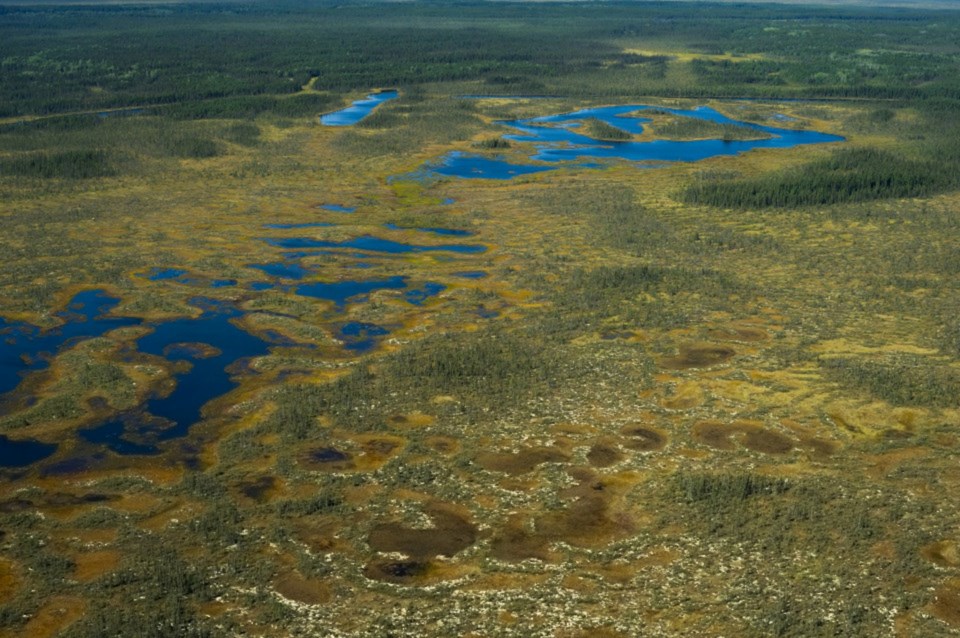Attempts by government to expedite mining-related development in the Ring of Fire have prompted a lawsuit against the Crown by 10 First Nations in northwestern Ontario and the Far North.
After threatening legal action last April, a coalition of Indigenous communities in the Treaty 9 territory will challenge, what they claim is, “unilateral decision-making” by Canada and Ontario to spur development with their consent on their traditional territories in the James Bay region.
The plaintiff Nations are Attawapiskat First Nation, Aroland First Nation, Ginoogaming First Nation, Kashechewan First Nation, Apitipi Anicinapek Nation, Fort Albany First Nation, Neskantaga First Nation, Kitchenuhmaykoosib Inninuwug, Constance Lake First Nation, and Eabametoong First Nation.
The communities will file their statement of claim on June 26, according to a news release from Raven Trust, a registered charity which raises legal funds for Indigenous communities.
Handling the case is Woodward and Company Lawyers LLP with senior counsel Kate Kempton taking the lead.
The First Nations point to Ontario’s recently passed Building More Mines Act as laying the legislative groundwork to fast-track industrial development in an area they regard as a “globally significant carbon sink” in the peatlands of the James Bay region. The purpose of the act, which received royal assent on May 18, was to expedite permitting times and approvals to put more new mines into production more quickly.
The act, they contend, contains no plan to engage First Nations, meet treaty obligations to consult, or follow international standards presented in the United Nations Declaration on the Rights of Indigenous Peoples (UNDRIP).
The plaintiffs said they issued a warning to the Crown of the Statement of Claim on April 26, but neither Ottawa or Queen’s Park took steps to reach an “out-of-court solution,” leaving them no option but to file the paperwork for court early next week.
The Ring of Fire is a mineralized belt and prospective remote mining camp, 500 kilometres northeast of Thunder Bay, that reportedly contains many generations worth of critical minerals.
The release said the plaintiffs’ argument will revolve around a disputed interpretation of Treaty 9 (also known as the 1905-06 James Bay Treaty) and that the oral promises made constitute the actual treaty which was agreed to by the First Nations and the communities. The chiefs maintain the written text of treaty was withheld from the First Nations and never signed by the leadership, only oral promises were made to share the mutual benefits of the land.
Evidence will be presented, the release said, that proves the plaintiff First Nations retain decision-making governance over their territorial lands and its resources, and they never ceded control of them.
The aim of the lawsuit, the First Nations said in the release, is to “enshrine a dual decision-making regime into law.”
“We are putting Ontario and Canada on notice,” said Chief of Kitchenuhmaykoosib Inninuwug Chief Donny Morris in a statement. “No more development – mining, forestry, hydro or any other similar activities without our consent.”
“The taking over by the Crown robbed First Nations of our empowerment, our capacity, our sense of self,” said Eabamatoong Chief Sol Atlookan. “We became crushed under the weight of an imposed foreign system and laws, by the attempts to erase who we are. But we never gave up and have fought our way back. We are now ready to make this challenge against unilateral Crown control.
“There is no going back.”
